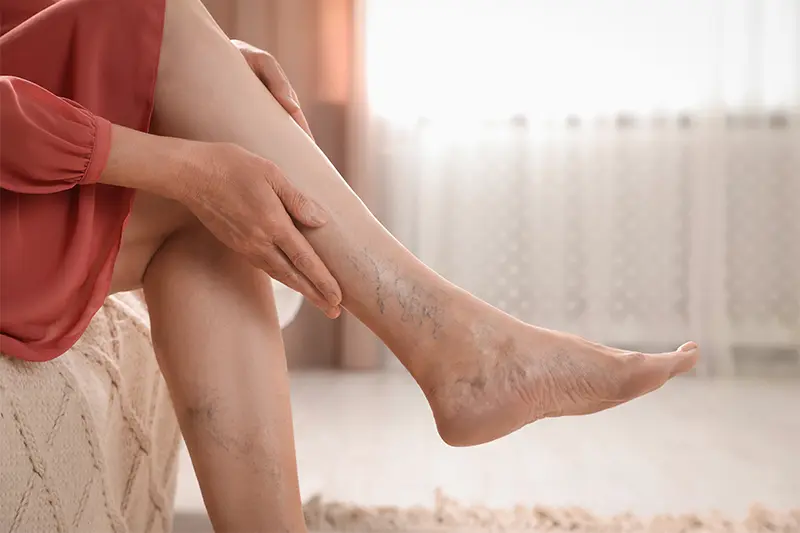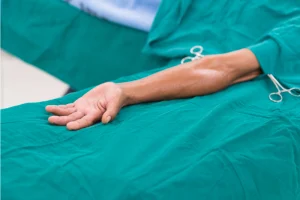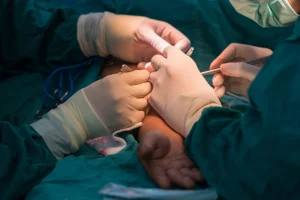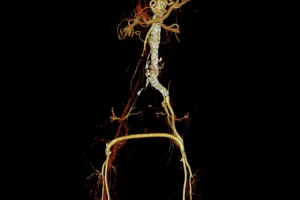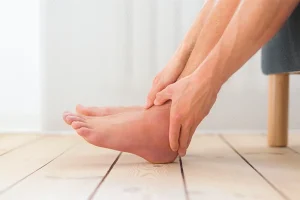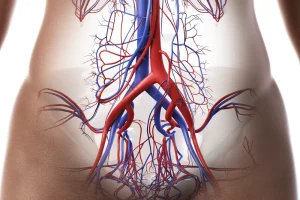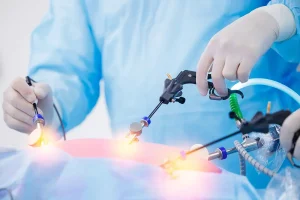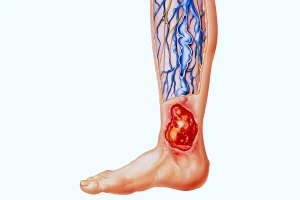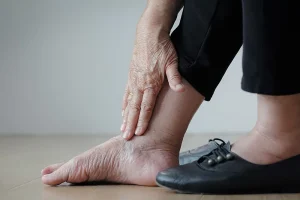Vascular and Endovascular Surgery
Advanced Treatments for Your Arteries and Veins
Home » Vascular and Endovascular Surgery
Medical Procedures
Vascular Techniques
Endovascular Techniques
Conditions Treated
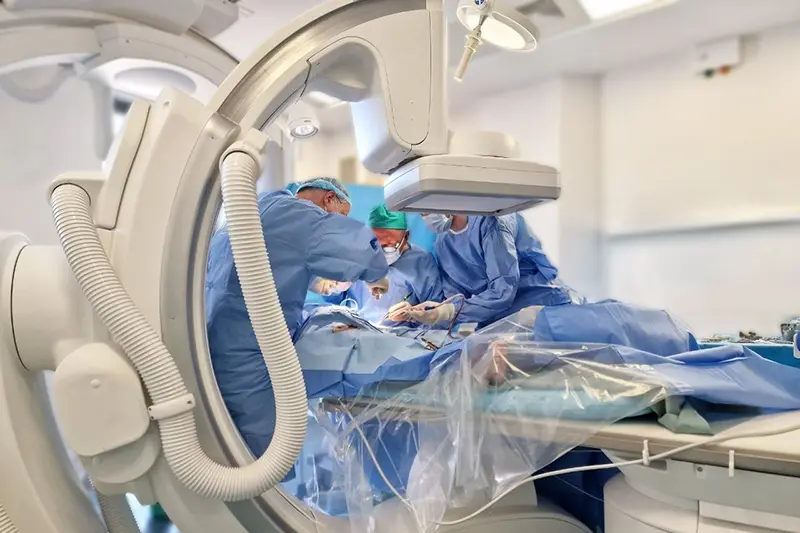
Blood circulation is essential for life, and when problems arise in the complex network of blood vessels, surgery becomes a life-saving solution.
Vascular Surgery, Endovascular Surgery and Hybrid Techniques are specialized branches that focus on treating disorders of the body’s blood vessels. Think of vascular surgery as “maintenance” of the arterial and venous network, and endovascular surgery and hybrid techniques as two modern, minimally invasive solutions to solve complex vascular problems without major interventions.
What is Vascular Surgery
Vascular surgery is the medical specialty dedicated to treating disorders of the blood vessels in the body. Think of it as a team that keeps the blood ‘traffic’ moving, preventing blockages and repairing ‘damage’ to arteries and veins.
This branch of medicine focuses on direct interventions, ideal for complex cases that require precision and care. Vascular surgeons treat aneurysms, blockages and other problems that can affect circulation, providing effective solutions to restore blood flow and prevent serious complications. Essentially, vascular surgery ensures that the circulatory system functions flawlessly, without any deviations or bottlenecks that could jeopardize health.
Conditions Treated
- Peripheral Arterial Disease: Reduced blood flow in the lower limbs due to atheroma plaques;
- Aortic Aneurysm: Dangerous dilation of the aorta;
- Carotid Stenosis: Blockage of the carotid arteries;
- Varicose Veins: Common affection of the venous system.
Advantages of Vascular Surgery
- Treatment for complex cases;
- Effective solutions to restore blood flow;
- Long-lasting results for severe conditions.
Diagnosis and Evaluation
- Clinical Assessment: Personalized consultation to establish treatment plan.
- Doppler ultrasound: Detailed blood flow analysis;
- Angiography or Angio CT Angiography: Advanced imaging to visualize arteries and veins and their disorders.
What is Endovascular (minimally invasive) Surgery
Endovascular surgery is a modern, minimally invasive approach to treating blood vessel damage directly from inside the blood vessels. The procedures involve the use of thin, flexible catheters, guides, inserted through tiny incisions under real-time image guidance. This technique allows the affected areas to be accessed and treated with advanced instruments such as balloons, stents or stent grafts, ensuring revascularization of the affected blood vessel.
The term ‘endovascular’ combines two essential concepts: ‘endo’ (inside) and ‘vascular’ (blood vessels). This method offers a modern alternative to open surgery, reducing the discomfort, recovery time and risks associated with traditional surgery. Whether for aneurysms, arterial blockages, blood clots, blood thrombi or other vascular conditions, endovascular surgery offers precise and effective treatments tailored to each patient’s needs.
Conditions Treated
- Arterial Blockages: Reduced flow due to atheroma plaques or clots or thrombi;
- Aortic Aneurysm: Dangerous dilation of the aorta;
- Varicose veins: Venous dilation and insufficiency caused by weakening of vein walls and venous valves, resulting in stagnation of blood and symptoms such as pain, swelling and feeling of heaviness in the legs.
Advantages of Endovascular Surgery
- Minimally invasive;
- Rapid recovery;
- Short length of hospitalization or day hospitalization;
- Reduced risks associated with conventional procedures.
Diagnosis and Evaluation
- Doppler ultrasound: Identification of circulatory problems;
- Angiography or Angio CT: Accurate visualization of affected vessels;
- Functional Tests: Determine the degree of damage.
What are Hybrid Vascular Techniques
Hybrid Vascular Techniques combine open and endovascular approaches to treat complex vascular conditions. Hybrid Surgery allows for solutions tailored to the patient’s needs, maximizing the benefits of each method for better outcomes.
Conditions Treated
- Peripheral Arterial Disease: Major blockages and combined minor stenoses;
- Complex Aortic Aneurysm: Severe dilation of the aorta;
- Carotid Stenosis: Blockages in the carotid arteries requiring combinations of treatments.
Advantages of Hybrid Vascular Techniques
- Flexibility in approach for complicated cases;
- Integration of the best solutions from both techniques;
- Superior results and faster recovery than the classic approach.
Diagnosis and Evaluation
- Pre-operative Evaluation: Determining the needs of each patient;
- Advanced Imaging: Detailed surgical planning;
- Multidisciplinary Consultation: Coordination between specialists for personalized treatments.
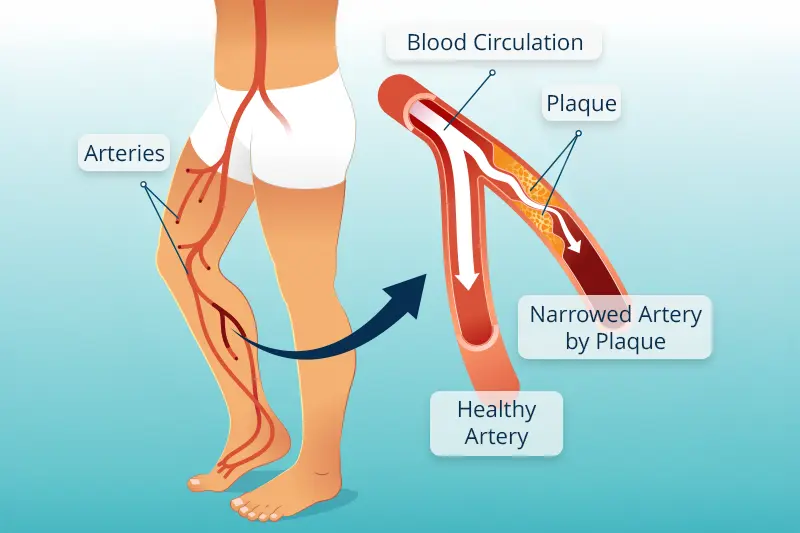
Arterial Diseases
Vascular and Endovascular Surgery treats a wide range of arterial conditions, including peripheral arterial disease, aneurysms and arterial stenoses. Each condition benefits from a tailored approach and innovative treatments to improve patients’ circulation and quality of life.
- Legs (Peripheral Arterial Disease): Treatment for blocked arteries affecting the lower limbs.
- Aorta (Aortic Aneurysm): Repair of aortic aneurysms to prevent major complications.
- Carotid Stenosis: Removal of carotid blockages to reduce the risk of stroke.
- Renal Arteries Stenosis: Angioplasty and stenting for affected renal arteries.
Methods of treating arterial disease at VenArt Clinic
- Arterial Angioplasty with Endovascular Stent Graft;
- Arterial Stenting;
- Arterial Balloon Revascularization;
- Carotid Endarterectomy.
Venous Diseases
What differentiates us from other clinics with a similar profile is a new approach, offering patients a medical service tailored to their specific needs, so that the treatment methods offered by Venart are according to the specific pathology of each patient. These include: varicose vein treatment with laser, radiofrequency, Venosteam® steam method, Alpha method and sclerotherapy.
Venous disorders are addressed with advanced treatment technologies, including minimally invasive methods and endovascular techniques that ensure rapid recovery.
- Varicose veins: Treatment for varicose veins and affected veins, including radiofrequency, laser and sclerotherapy;
- Post Thrombotic Syndrome: Modern solutions for late complications of Deep Vein Thrombosis;
- May-Thurner Syndrome: Venous stenting to unblock the iliac vein.
- Nutcracker syndrome: Endovascular treatment to relieve renal vein compression.
Methods of treatment of venous disorders at VenArt Clinic
- Balloon and Stent Venous Angioplasty;
- Steam method – Venosteam;
- Varicose vein treatment with Radiofrequency (VNUS);
- Endovenous Laser Treatment;
- Alpha Method;
- Sclerotherapy.
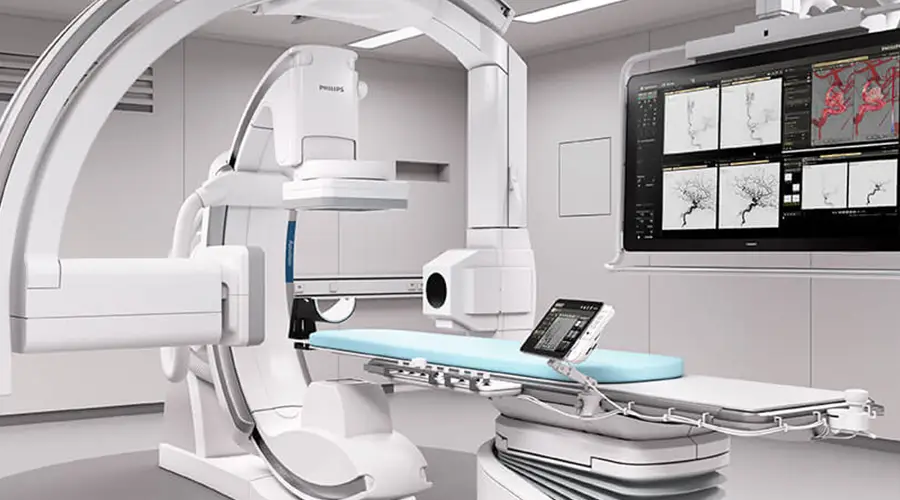
Advanced Technologies and Precision Diagnostics
At VenArt, we rely on the latest technologies and teams of renowned specialists to provide our patients with precise and effective solutions, from diagnosis to treatment. We use state-of-the-art equipment that allows us to accurately identify vascular problems and intervene minimally invasively, reducing risks and recovery time.
Advantages of Modern Technology
- Accurate diagnosis without discomfort;
- Minimally invasive procedures with reduced recovery time;
- Lower risks and improved patient experience;
- Access to a wide range of customized solutions tailored to each condition.
At VenArt, technology and medical expertise combine to deliver the best results. No matter the complexity of your case, we have the right solution for you!
Our Medical Team
Frequently Asked Questions
What is the difference between vascular and endovascular surgery?
The main difference lies in the approach: vascular surgery involves classic open surgery, while endovascular surgery is minimally invasive, using catheters and other instruments to treat the blood vessels inside.
When is endovascular surgery recommended?
Endovascular surgery is usually recommended when the patient has a vascular condition that can be treated without major intervention. It is preferred in people at high risk for open surgery or when a faster recovery is desired.
What are the advantages of endovascular surgery over traditional vascular surgery?
Endovascular surgery offers several advantages, including smaller incisions, reduced risk of complications, faster recovery time and reduced postoperative discomfort.
Are there risks associated with vascular or endovascular surgery?
Yes, like any medical intervention, these procedures have risks, including infection, bleeding and, in rare cases, anesthesia-related complications. It is important to discuss the specific risks of each type of procedure with your doctor.
What is the recovery time after vascular or endovascular surgery?
Recovery time can vary depending on the type of procedure and the patient’s overall health. Recovery after an endovascular procedure is usually faster than after traditional vascular surgery.

